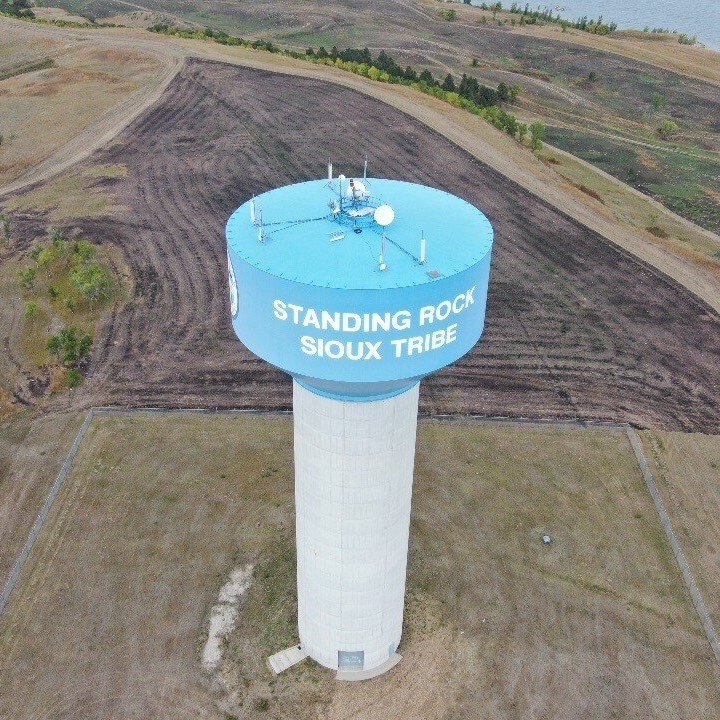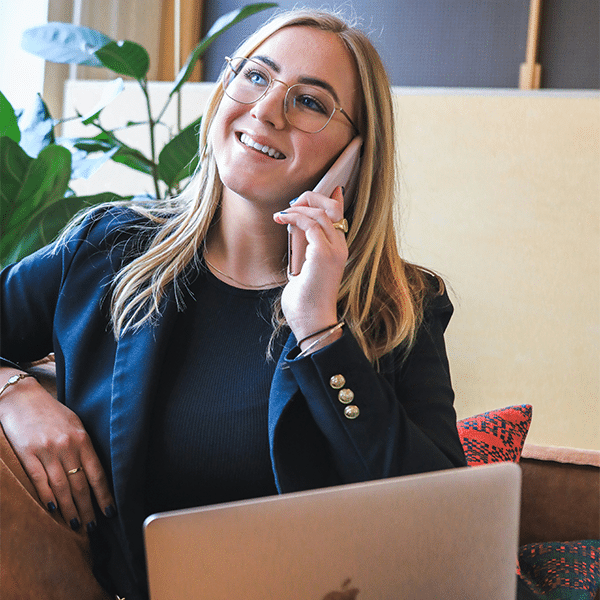Nokia and NewCore Wireless are collaborating to provide wireless connectivity to underserved Native American communities throughout the U.S. through the Tribal Educational Broadband Service (EBS), using up to 117 MHz of the Tribal EBS band at 2.5 GHz.
NewCore Wireless specializes in deploying and operating networks in partnerships with other entities that act as the service providers.
In 2019, the FCC adopted an order that established a process for tribal entities to gain licenses for spectrum in the 2.5 GHz band covering tribal lands.
The initial Nokia deployments will provide broadband connectivity to 400 Native American tribes, with more than 15,000 tribal members over 12,000 square miles. The initial buildouts will focus on North and South Dakota, Oklahoma and California, including the Standing Rock Sioux Tribe and the Cheyenne and Arapaho Tribes.
Private wireless based on 4.9G/LTE technology will make high-speed internet available to the home or business at speeds up to 1 Gbps. The technology also will support mobile phone options where cellular coverage is not available.
The 2.5 GHz spectrum band is mature and is available on most mobile phones, telephone switching equipment and add-on devices, Nokia said.
“Millions of Americans lack basic broadband connectivity – particularly rural and tribal communities,” said Raghav Sahgal, Nokia president of cloud and network, in a prepared statement about the tribal EBS band buildouts. “Making spectrum available to tribal nations brings these communities into the next generation of connectivity and allows them to take advantage of the benefits of broadband.”
“This initiative with Nokia and NewCore will go a long way to leveling the technology playing field for the people of the Standing Rock Sioux Tribe,” said John Pretty Bear, councilman for the Standing Rock Sioux Tribe’s Cannonball District, in a prepared statement about the tribal EBS band deployments. “All members of our community, including our elders whom we pride ourselves in helping, will benefit from more affordable and accessible connectivity. This is critical for the well-being of our people, especially during the pandemic where information about mass testing or vaccinations needs to be shared in real time. From online schooling, to telehealth, to affordable mobility and cellular phones, we look forward to improving the quality of life for everyone in our community.”
Joan Engebretson contributed to this report.


